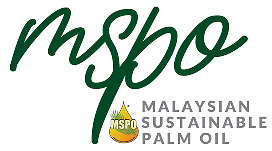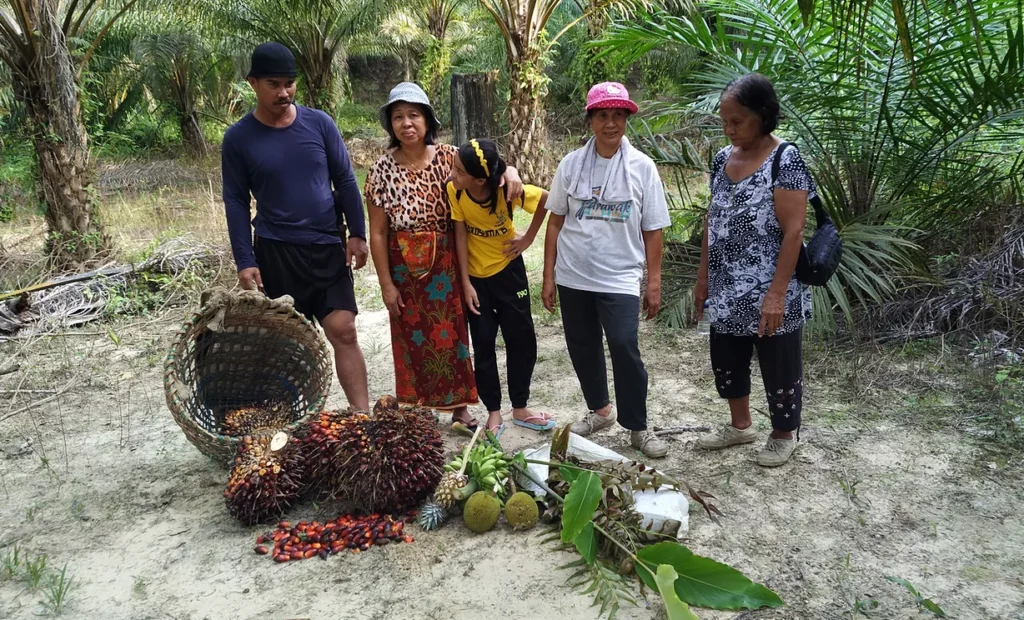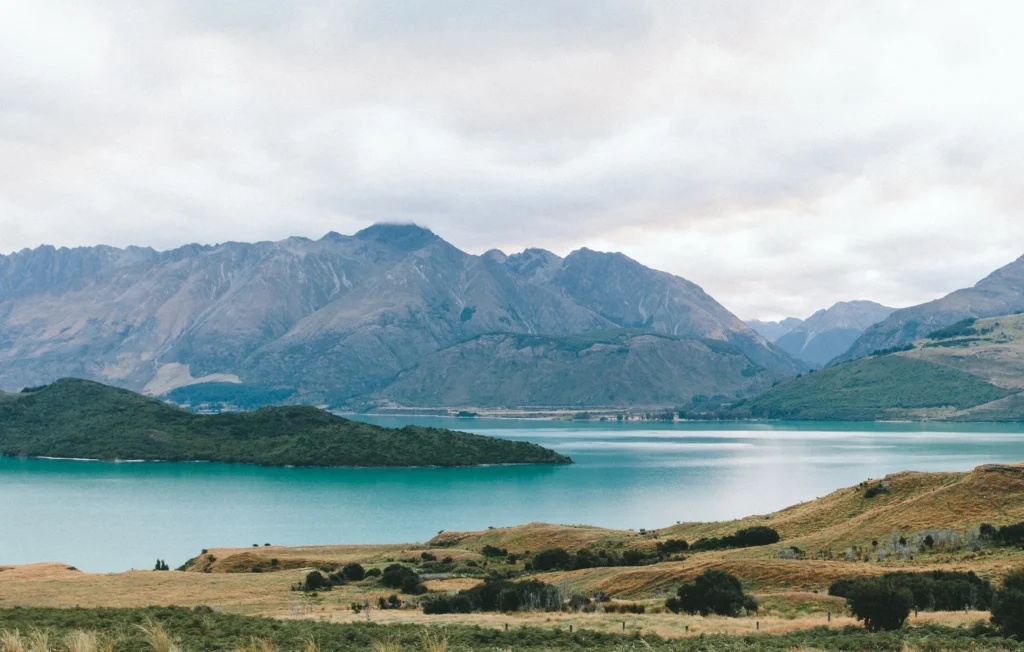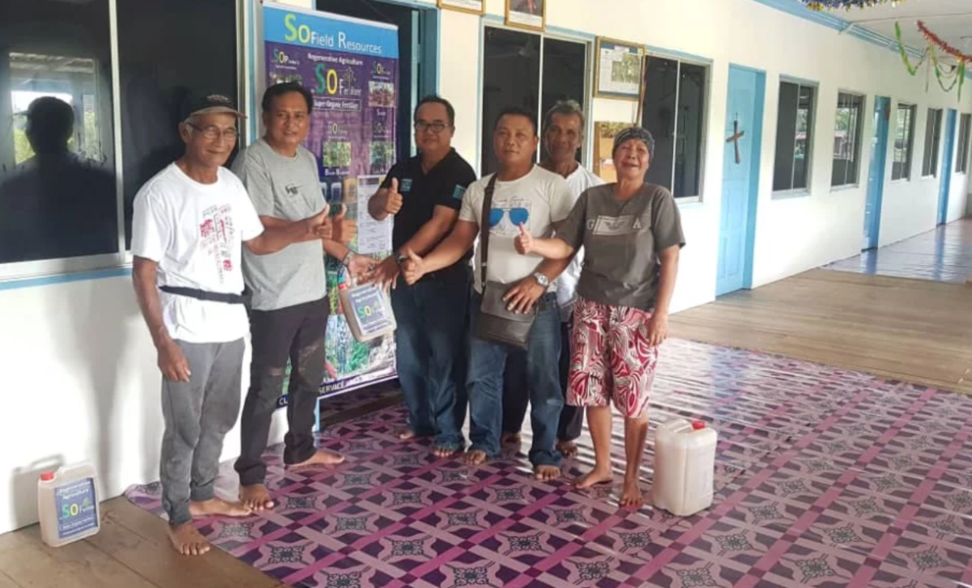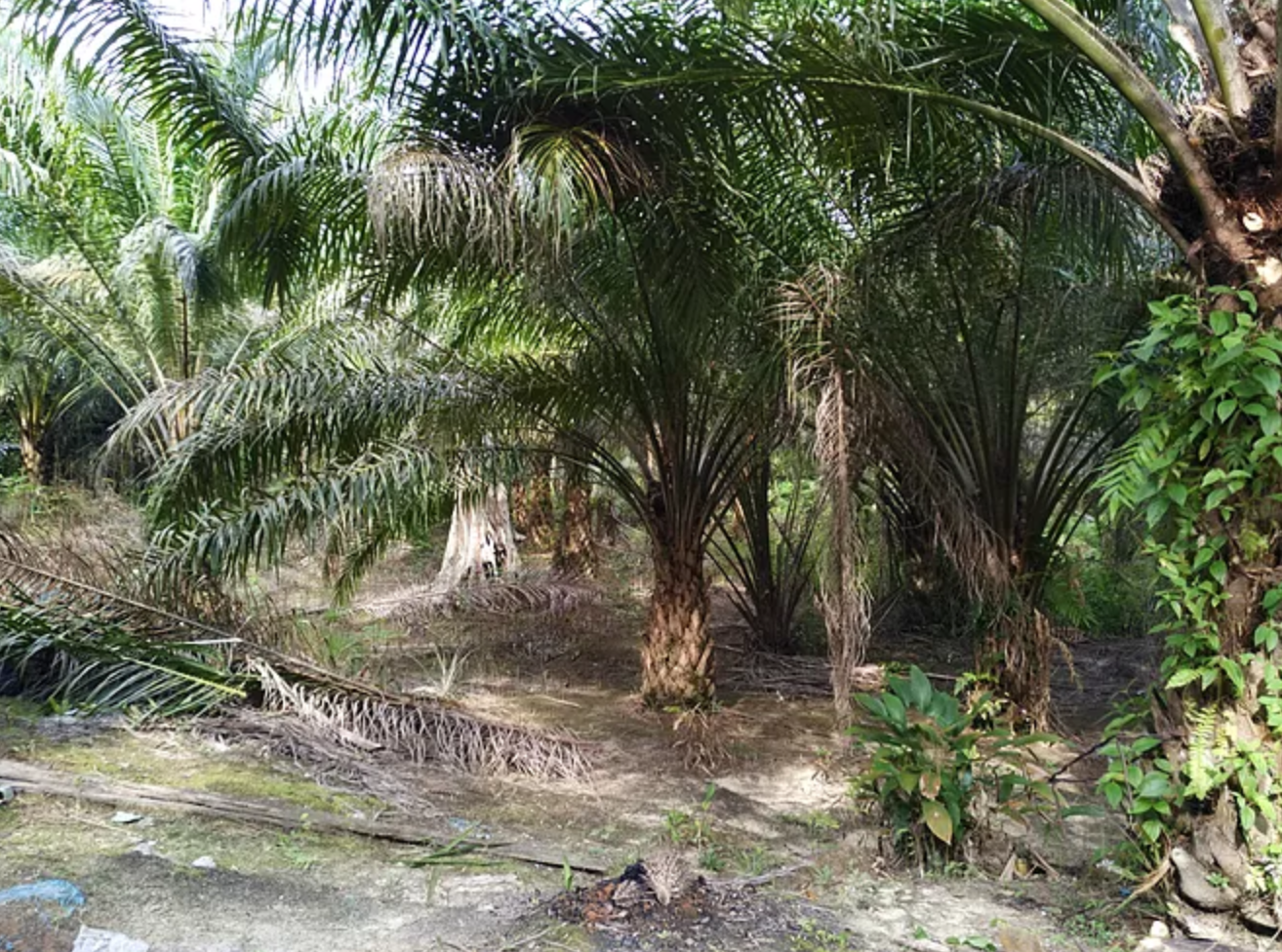
The Dayaks represent one of the most interesting group of small holders in Malaysia. They are one of the most visible indigenous groups that contribute to the supply of Malaysian palm oil. Data from the Malaysian Palm Oil Board which regulates all smallholders in Malaysia show that there are some 28,000 indigenous families in Sarawak that are active palm oil farmers.
Malaysia is home to a whole host of different indigenous tribes. The tribes that call Sarawak home are especially interesting as traditional cultures range from the sea faring Melanau tribe to the semi-nomadic Penans.
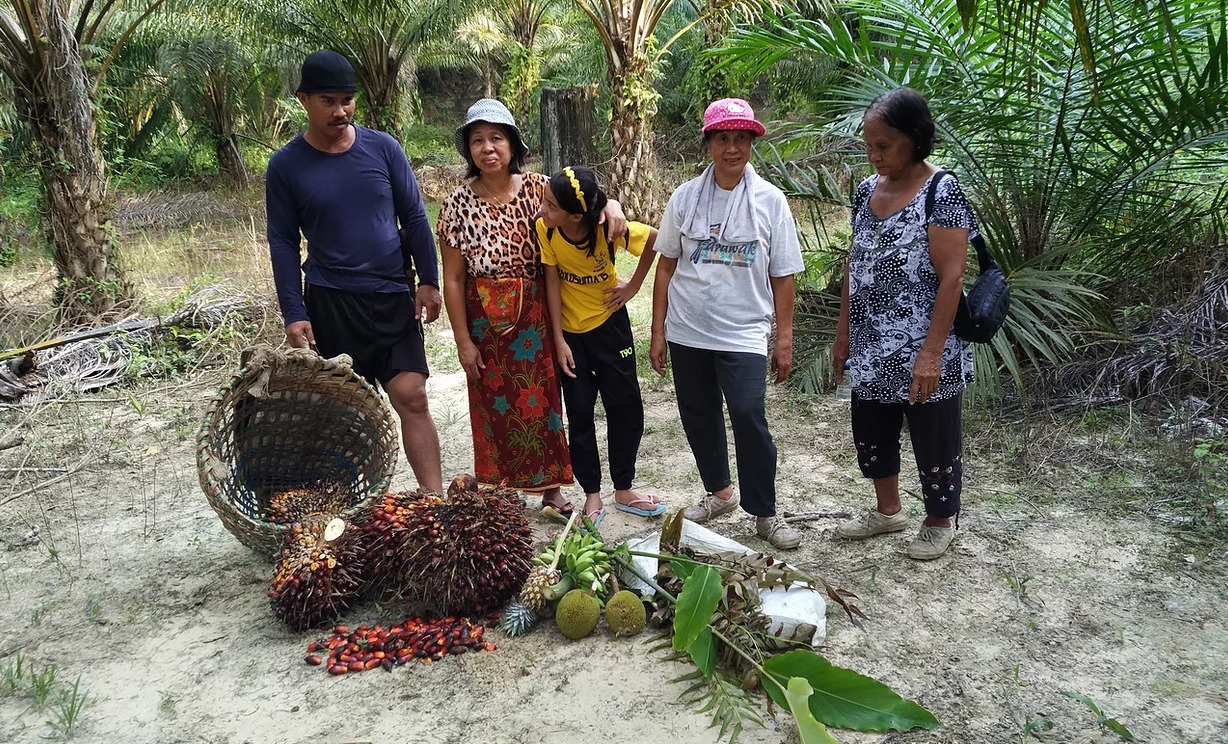
Other tribes including the Ibans in the lowlands and the Kelabits in the highland interiors of Sarawak have a more settled history as their traditional livelihoods included farming for subsistence in addition to hunting and gathering.
The traditional crop for these settled tribes was rice, which provided a staple food as well as product for barter trading. The influx of cheap imported rice in modern times has led to the abandonment of rice cultivation as its low price meant that the farmers were no longer able to make a living from it. Some switched their farm lands over to rubber farms when rubber was a commodity in demand but when global prices of rubber fell as well, a lot of the indigenous farmers abandoned farming as a livelihood and the mass migration of rural peoples to towns and cities in search of work began.
Many found work in the booming oil industries in Miri city and Bintulu. As competition for work heated up in the oil industry in Sarawak, many of the Ibans struck out for jobs in the oil industry in Johor state in West Malaysia.
In an effort to protect the cultural diversity and stem the flow of indigenous peoples from Sarawak, the state government began a campaign to introduce oil palm farming as a cash crop. Incentives including free seedlings and fertilisers provided by the Malaysian Palm Oil Board were offered. The financial success of these indigenous farmers who switched to oil palm in the early days inspired a mass switchover from rice and rubber to oil palm as evidence of the crop’s income potential became obvious.
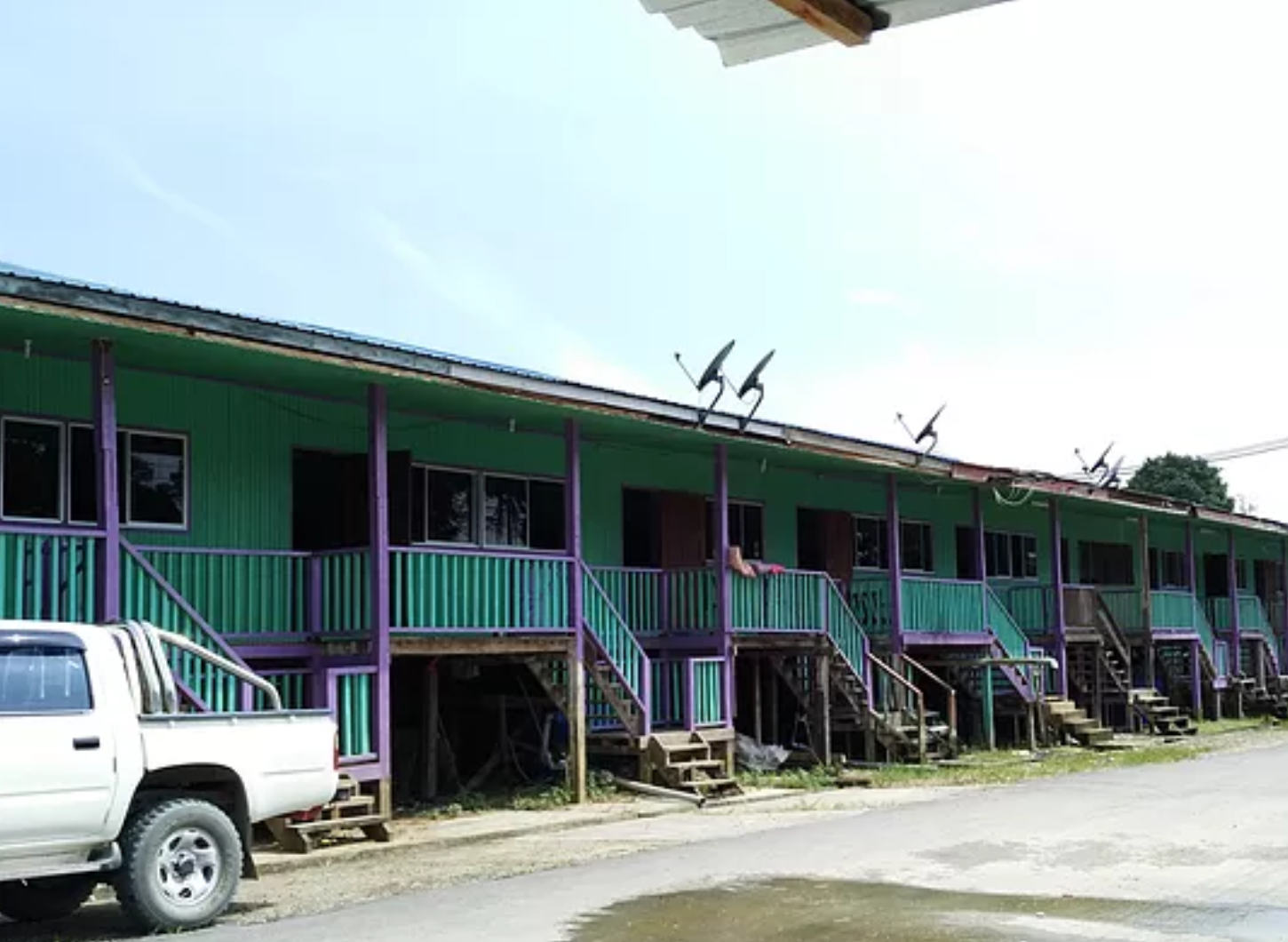
Marking the financial success of the villages or individual farmers was easy enough. Longhouses, the traditional building that houses all families in one long building, built from brick and concrete meant the village was doing well. For individual farmers, one could guess which family was doing well by simply looking at whether a 4×4 truck for transporting Fresh Fruit Bunches was parked in front. Satellite dishes and flat screen TVs provided other indicators of the newfound wealth provided by oil palm cultivation. More enterprising villagers made additional incomes with a transport service to pick up Fresh Fruit Bunches for delivery to collection centres.
Despite the potential income from every oil palm tree planted, a visit to their farms showed that the tradition of mixed cropping for self-consumption and cash income remains strong. When asked about rice farming, one of the villagers jokingly suggested that it was easier to buy rice in the supermarket with their income from oil palm. Jokes aside, mature fruit trees and vegetable patches showed how these indigenous people were able to improve their livelihoods while enjoying food security.
We visited a family farm near Miri city in Sarawak recently. The farm size was “six hundred trees” according to
Indai Patrick who maintains the farm with her sister’s family. It was interesting to find out that these farmers gauge the size of their farms not by acreage but by the number of oil palm trees. An estimate of size is then calculated by using the industry standard of 55 trees per acre.
Judging by the height of the most mature oil palm tree, this farm started about ten years ago. Evidence of its other use can be seen in the mature fruit trees planted among the oil palm trees. On the day of our visit, the families harvested edible ferns, bamboo shoots and ginger stalks for dinner that day.
Ripe breadfruits, bananas and pineapples which are grown among the oil palm trees were also harvested. To the outsider, these farms look like an ideal setting for sustainable livelihoods whereby these farmers survived off what they grew and used the income from oil palm to buy what they could not grow. The hard work involved in this idealistic lifestyle only became evident when they went to work their farms.
As financial commitments grew, most of the men have to work other jobs to supplement the family income. This meant that the womenfolk who are left behind to maintain the farms, have to do everything that is required, which includes the carrying of Fresh Fruit Bunches in traditional rotan baskets that weigh up to fifty kilos. For an average monthly harvest of four tons a month for these small farmers, getting the fresh fruit bunches to the roadside for pick up by scheduled trucks means making multiple trips across their farm monthly with the heavy loads on their back.
There were no complaints about the physical demands of growing oil palm. What needed to be done was simply done. Fallen fruits were picked up as every fruit was worth something to them. There was only pride and a sense of achievement as they ended another workday, stretched out on the cooling ceramic tiled floors of their modern longhouses.
There was concern for low prices of palm oil globally and their fear is that it will drop as rice and rubber prices did. With limited acreage for them to increase incomes, training on good agriculture practices and technical support provided under the Malaysian Sustainable Palm Oil certification scheme is helping to increase yields as a buffer against low pricing. Increased yields actually mean making more trips with heavy loads of fruits on their backs but that is a small load to these indigenous farmers who are grateful for the chance to improve their livelihoods.
In the global commodities markets where these indigenous farmers have to pitch the hard physical work against that of industrial farm operations in other vegetable oils, their work with hand tools and simple human strength adds to the uniqueness of Malaysian palm oil.
